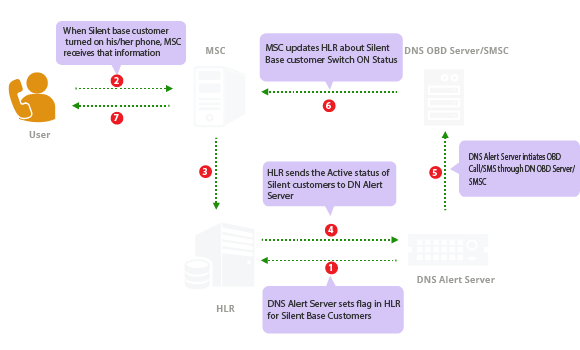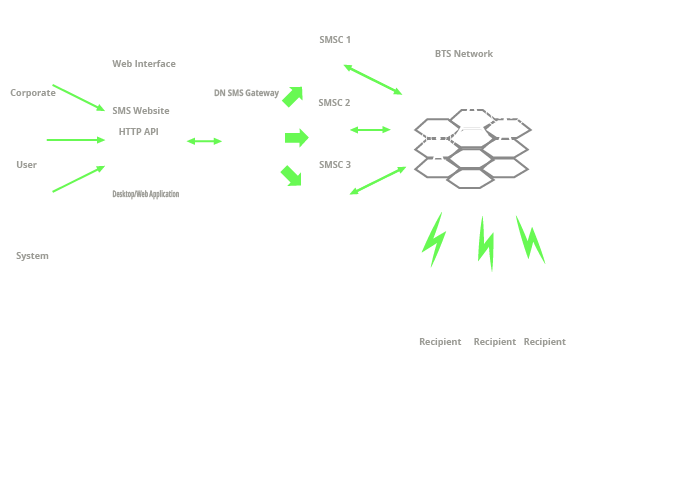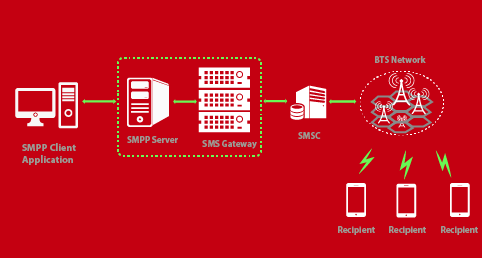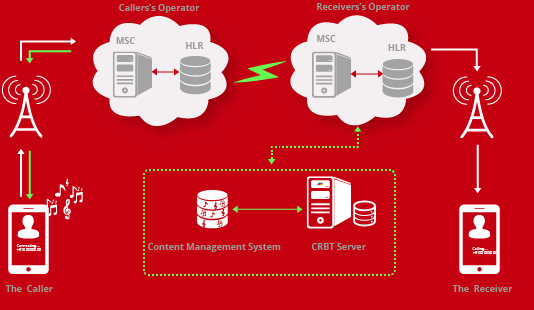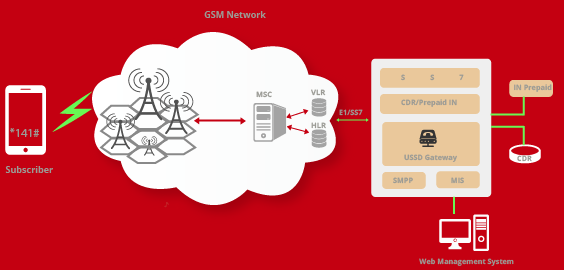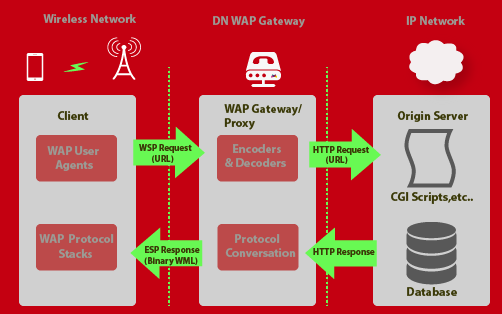 Interactive Voice Response System (IVRS)
Interactive Voice Response System (IVRS)Our Interactive Voice Response System (IVRS) is an automated telephony system that interacts with callers, gathers information and routes calls to the appropriate channel. Our IVR System (IVRS) accepts a combination of voice telephone input and touch-tone keypad selection and provides appropriate responses in the form of voice, callback and perhaps other media. Our IVR application provides pre-recorded voice responses for appropriate situations, keypad signal logic, access to relevant data and, potentially, the ability to record voice input for later handling.
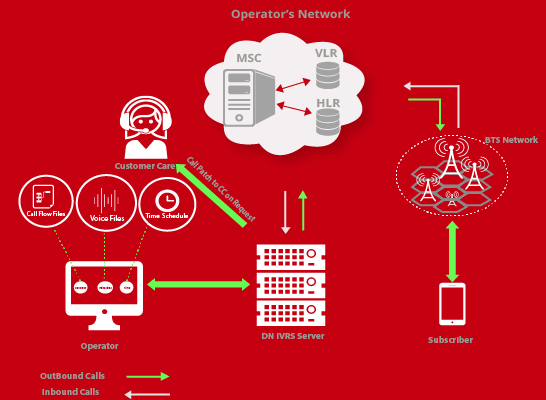

 SRT
SRT SMS Gateway
SMS Gateway SMPP Client
SMPP Client CRBT
CRBT USSD Gateway
USSD Gateway WAP Gateway
WAP Gateway